How Far Did Seve Ballesteros Drive The Golf Ball?
The Spaniard was one of the most entertaining and swashbuckling players in the history of the game, but how far did Seve Ballesteros drive the golf ball?
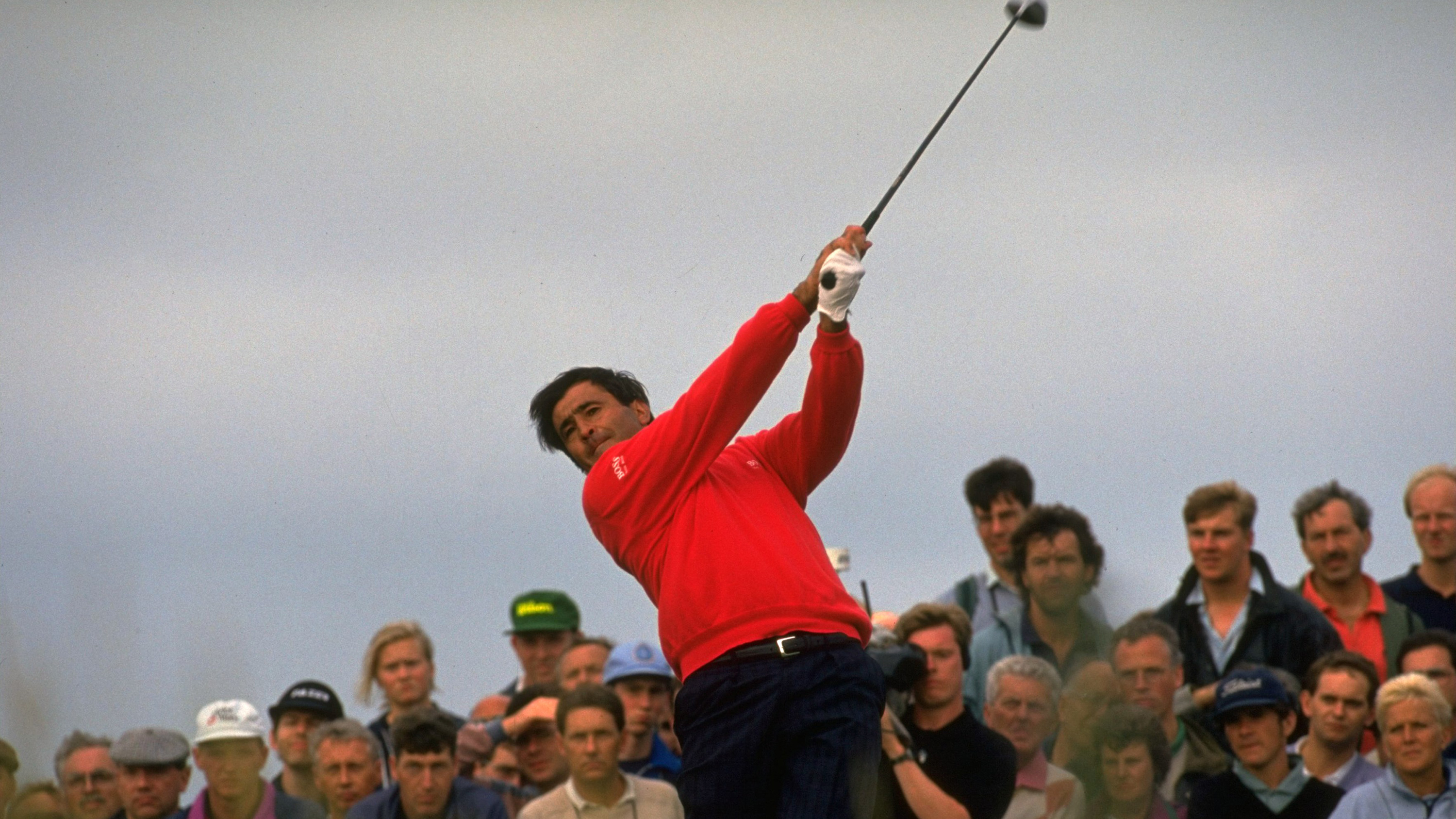

Severiano Ballesteros came to the attention of the world's golfing viewing public when he surged onto the scene in the 1976 Open Championship at Royal Birkdale. Then just 19-years-old, he led through 54 holes before narrowly missing out to Johnny Miller. Over the following two decades, Seve dazzled golfing fans all around the world with his dynamism, his cavalier style and his utter determination to succeed.
Seve was a prolific winner. He earned 90 tournament victories as a professional in, what would now be considered, a relatively short career. The Spaniard won 50 times on the European Tour. No player in the history of the circuit has claimed more titles. He secured five Major titles between 1979 and 1988 and became a legend of the Ryder Cup.
Ballesteros was known for his exceptional touch around the green and his uncanny ability to save himself from unlikely situations. His swashbuckling approach to the game meant he visited parts of golf courses that other top professionals wouldn't have even known existed. He never held back and that meant he was, more than occasionally, somewhat loose from the tee. Although erratic, he was a powerful driver of the ball. But how far could, and did he hit it?
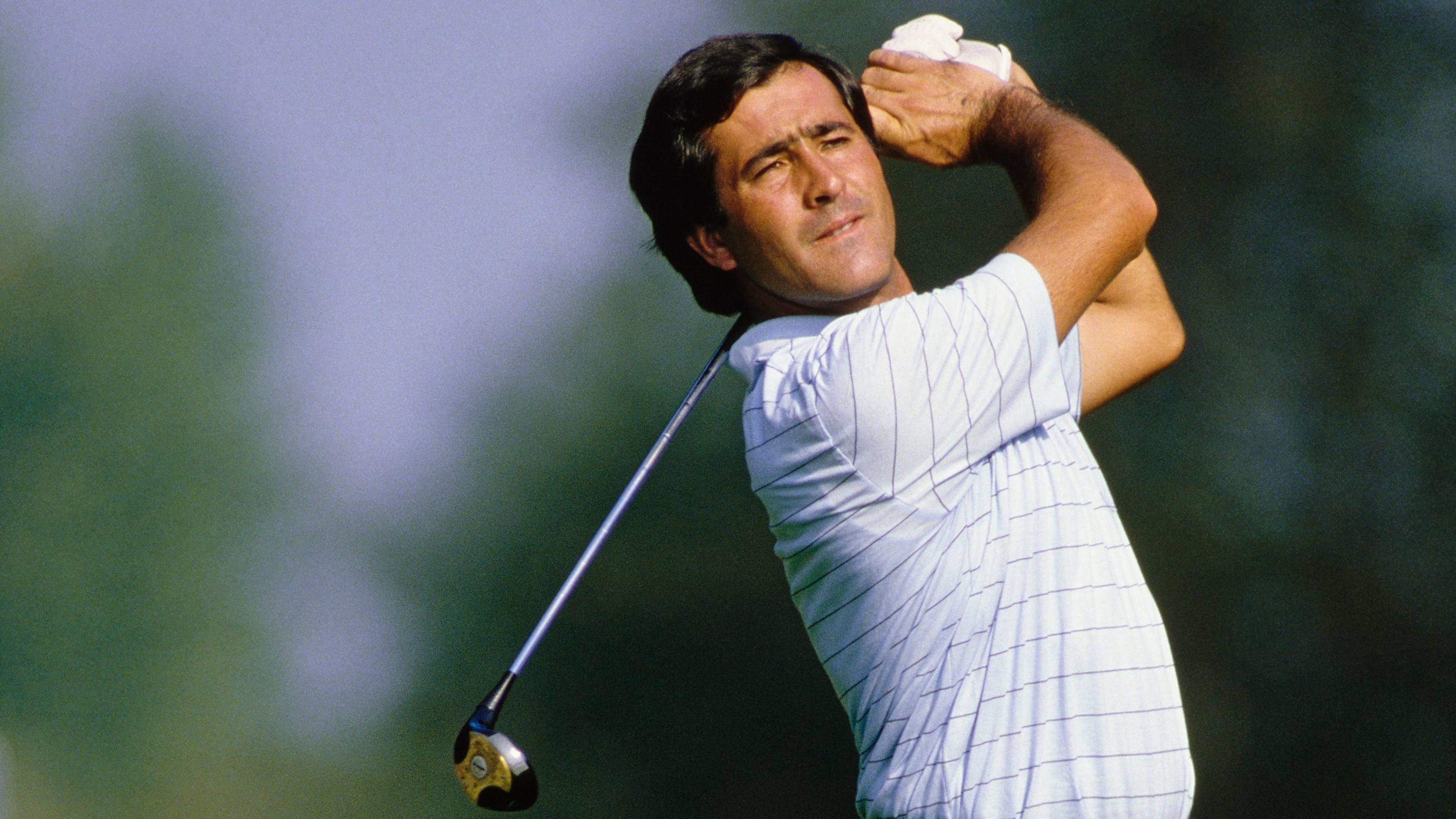
Seve, the showman!
He was playing in his prime before there were a huge amounts of stats available, so we haven't got much to go on to look at Seve’s driving average. But we do know that in the 1984 season on the PGA Tour he averaged 262.9 yards for the tournaments he competed in. The driving distance leader that year was Bill Glasson who averaged 276.5 yards. Seve was not in the top-50 for driving distance that season.
It's worth remembering, Seve’s prime – in the 1980s – came when players still used persimmon drivers and golf balls that did not fly as far as those used today. With modern equipment, Seve would have hit the ball significantly further. Golf Monthly's Michael Weston travelled to Seve's home in Pedrena, Spain earlier this year and he was shown a selection of Seve's drivers - see below.
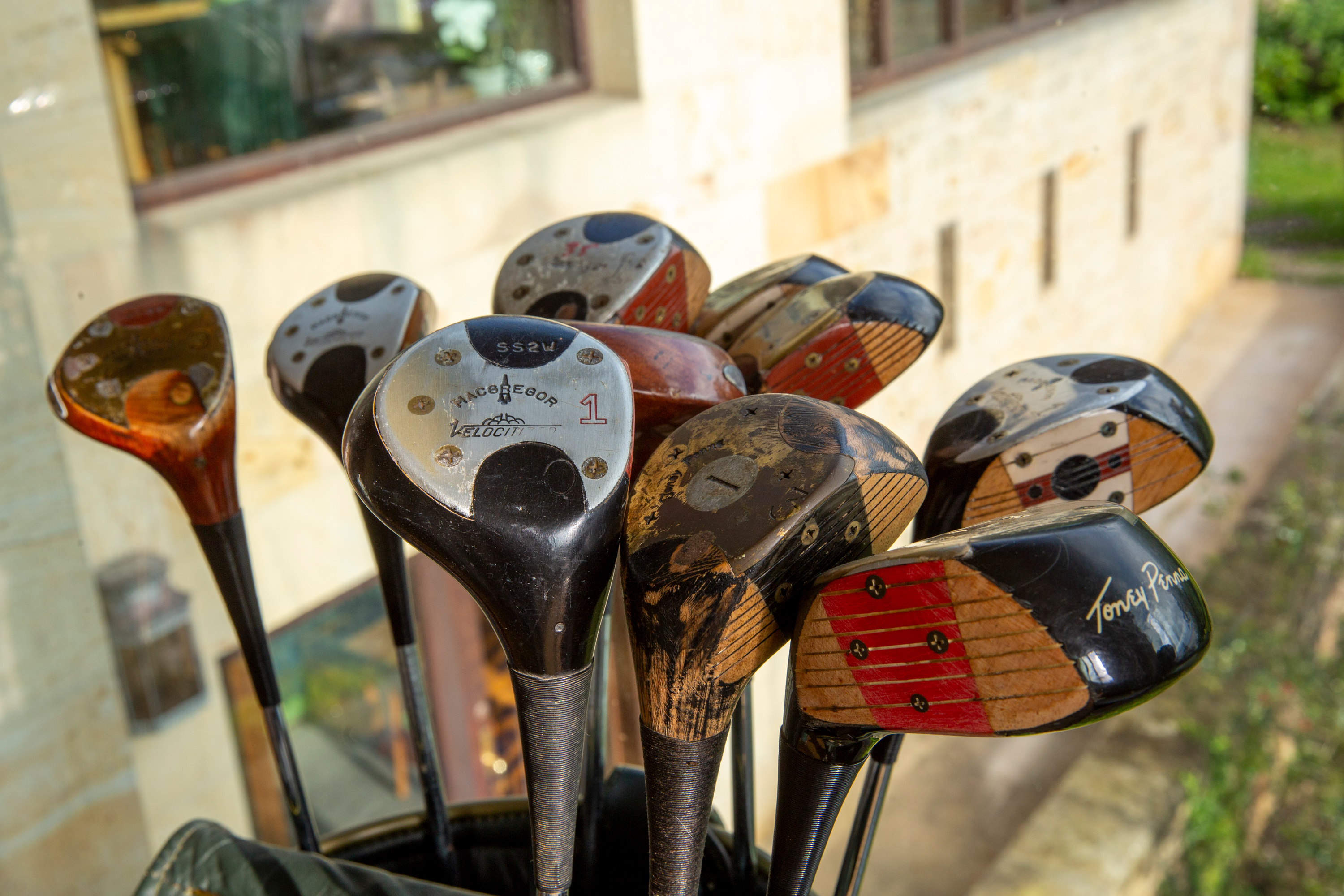
A selection of Seve's drivers at his home in Pedrena
We know that Ballesteros was an inconsistent driver. He was prone to wayward strikes and those would have impacted his average driving distance, no matter what equipment he had been using. But, we also know that he was ever the showman and could produce a "bomb" or two, if the occasion demanded, or he felt it necessary!
Playing an exhibition match against Liam Higgins, on August 15th 1983, at Cork Golf Club in Ireland, Seve decided to flex his muscles. Higgins was known as one of the very longest hitters on the European Tour at the time, and he hit a couple of drives that day that went a good bit further than the Spaniard's. Seve wasn’t going to be outshone though. On the par-5 11th, he unleashed a huge drive that was measured at 363 yards. A Spanish Chestnut tree was planted by the club in honour of Seve’s epic drive. A commemorative plaque still marks the spot of “Seve’s Tree.” We can say then, that Seve had a long drive stashed away for when the time was right.
Get the Golf Monthly Newsletter
Subscribe to the Golf Monthly newsletter to stay up to date with all the latest tour news, equipment news, reviews, head-to-heads and buyer’s guides from our team of experienced experts.

Seve drives the green on the 10th hole at The Belfry
The Ryder Cup gives us another piece of solid evidence of Seve's power. The Spanish star famously drove the green on the par-4 10th green at The Belfry in both the 1985 and 1989 matches. In 1985 the hole measured 291 yards. It's almost all carry to reach the green because the front of the putting surface is guarded by a wide stream. So we can say he carried the ball over 275 yards there.
A 2017 interview with Golf Monthly, Sir Nick Faldo gave some anecdotal evidence. The Englishman talked about the distance debate and mentioned that Seve was a longer hitter than him. Sir Nick said that Seve would, “Get it to 280, occasionally even 300 – but that was with run.”
As Seve’s back deteriorated in the early 1990s, the great coach David Leadbetter encouraged him to shorten his swing, to sacrifice a bit of distance for increased accuracy. I interviewed Leadbetter back in 2014 and he said the following about Seve:
“Look at old Masters films, even with the old wooden headed wooden drivers, he was long. He could hit it 300 plus, maybe not always in the right direction but he was long.”
But as his back grew worse, he started to become “short and crooked” according to Leadbetter. They worked on a more compact action, and it helped the Spaniard find fairways. Seve won a couple of tournaments as a result, but he wasn't satisfied. Ballesteros was too proud to compromise and apparently reverted to the longer swing of his youth. Leadbetter remembers Seve saying to him:
“David I know I played well last year, but that was too mechanical for me, I’m a feel player, I need to go back to feel.”
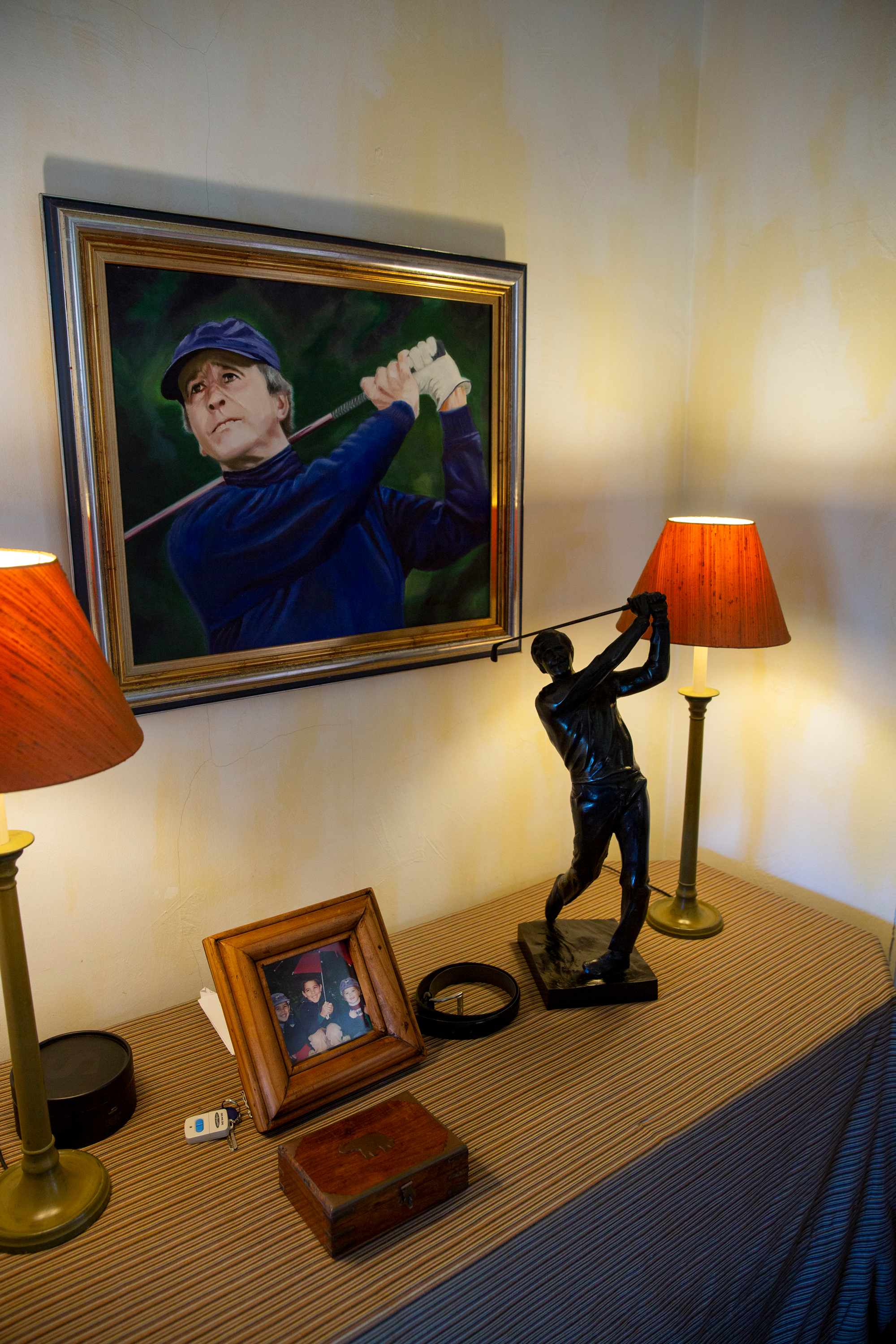
A portrait of Seve at his home
In his prime, Seve could drive the ball impressive distances, but his lack of accuracy meant it wasn’t hugely consistent. The average we have for him in 1984 was 262.9 yards but evidence from those who played with him would suggest he was a little longer than that.
Greg Norman was one of the longest drivers in Seve’s era and we know his average was around the 275-yard mark. Nick Faldo was a shorter hitter than Seve and a good estimate of his average in the mid 80s is that it would have been around the 260-265-yard mark. A "best estimate" for Seve then in terms of driving distance (when he was at the peak of his powers) would be around 265-270 yards.
Fergus Bisset writes extensively about the history of the game. He has also worked with Golf Monthly to produce a podcast series. Called 18 Majors: The Golf History Show it offers new and in-depth perspectives on some of the most important moments in golf's long history. You can find all the details about it here. The podcast features stories involving Seve including an in-depth look at his remarkable and highly entertaining Ryder Cup career.

Fergus is Golf Monthly's resident expert on the history of the game and has written extensively on that subject. He has also worked with Golf Monthly to produce a podcast series. Called 18 Majors: The Golf History Show it offers new and in-depth perspectives on some of the most important moments in golf's long history. You can find all the details about it here.
He is a golf obsessive and 1-handicapper. Growing up in the North East of Scotland, golf runs through his veins and his passion for the sport was bolstered during his time at St Andrews university studying history. He went on to earn a post graduate diploma from the London School of Journalism. Fergus has worked for Golf Monthly since 2004 and has written two books on the game; "Great Golf Debates" together with Jezz Ellwood of Golf Monthly and the history section of "The Ultimate Golf Book" together with Neil Tappin , also of Golf Monthly.
Fergus once shanked a ball from just over Granny Clark's Wynd on the 18th of the Old Course that struck the St Andrews Golf Club and rebounded into the Valley of Sin, from where he saved par. Who says there's no golfing god?
-
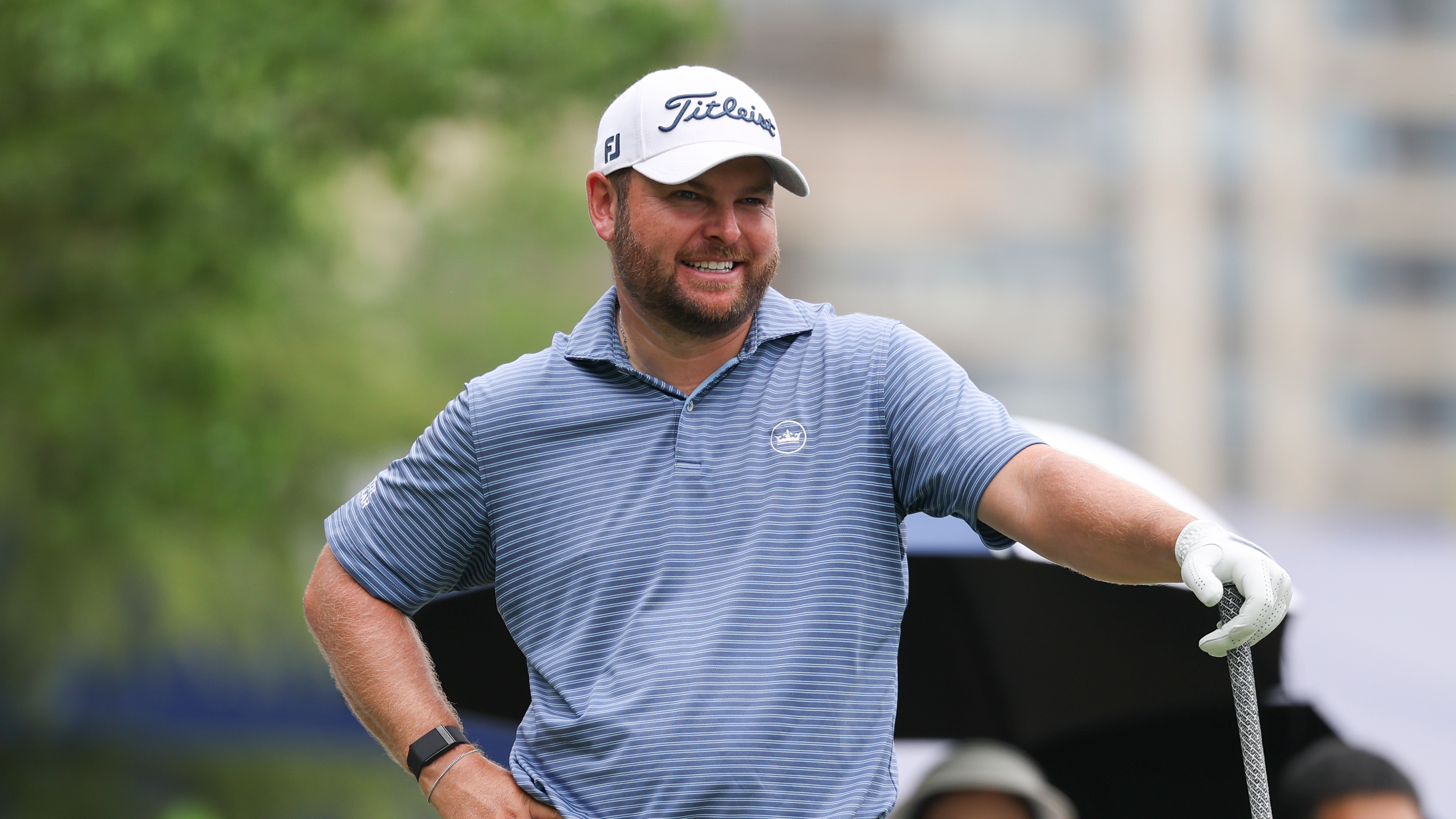 China Open Leaderboard: Home Favorite Ashun Wu Makes Back-Nine Charge To Share Lead With Jordan Smith
China Open Leaderboard: Home Favorite Ashun Wu Makes Back-Nine Charge To Share Lead With Jordan SmithThere are a host of Chinese players in contention in Shanghai as the China Open goes down to the wire at Enhance Anting Golf Club
By Jonny Leighfield
-
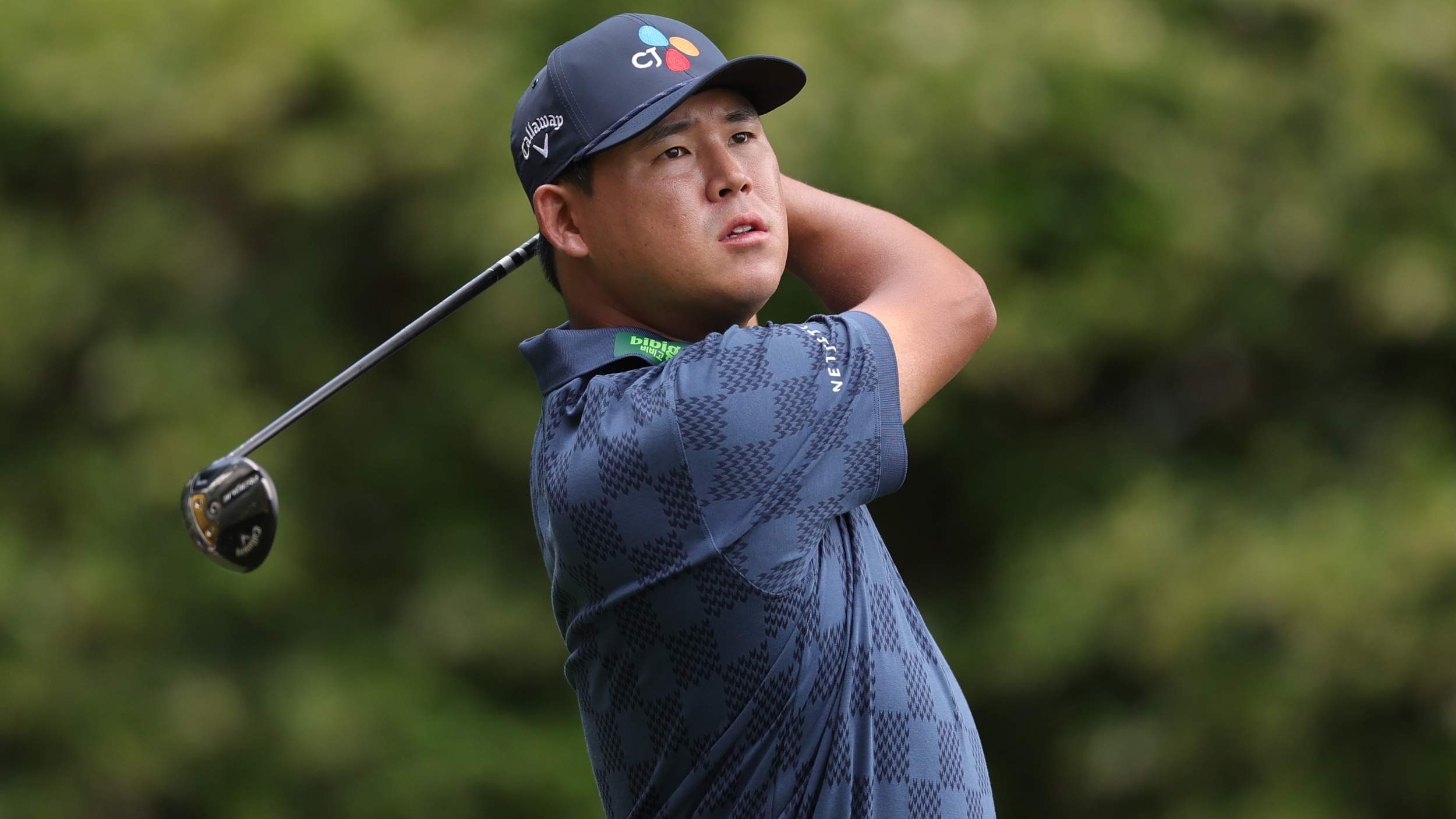 RBC Heritage Tee Times 2025: Round Four
RBC Heritage Tee Times 2025: Round FourA fascinating final day is in prospect at Harbour Town as some big names challenge for the title - here are the tee times for Sunday
By Mike Hall
-
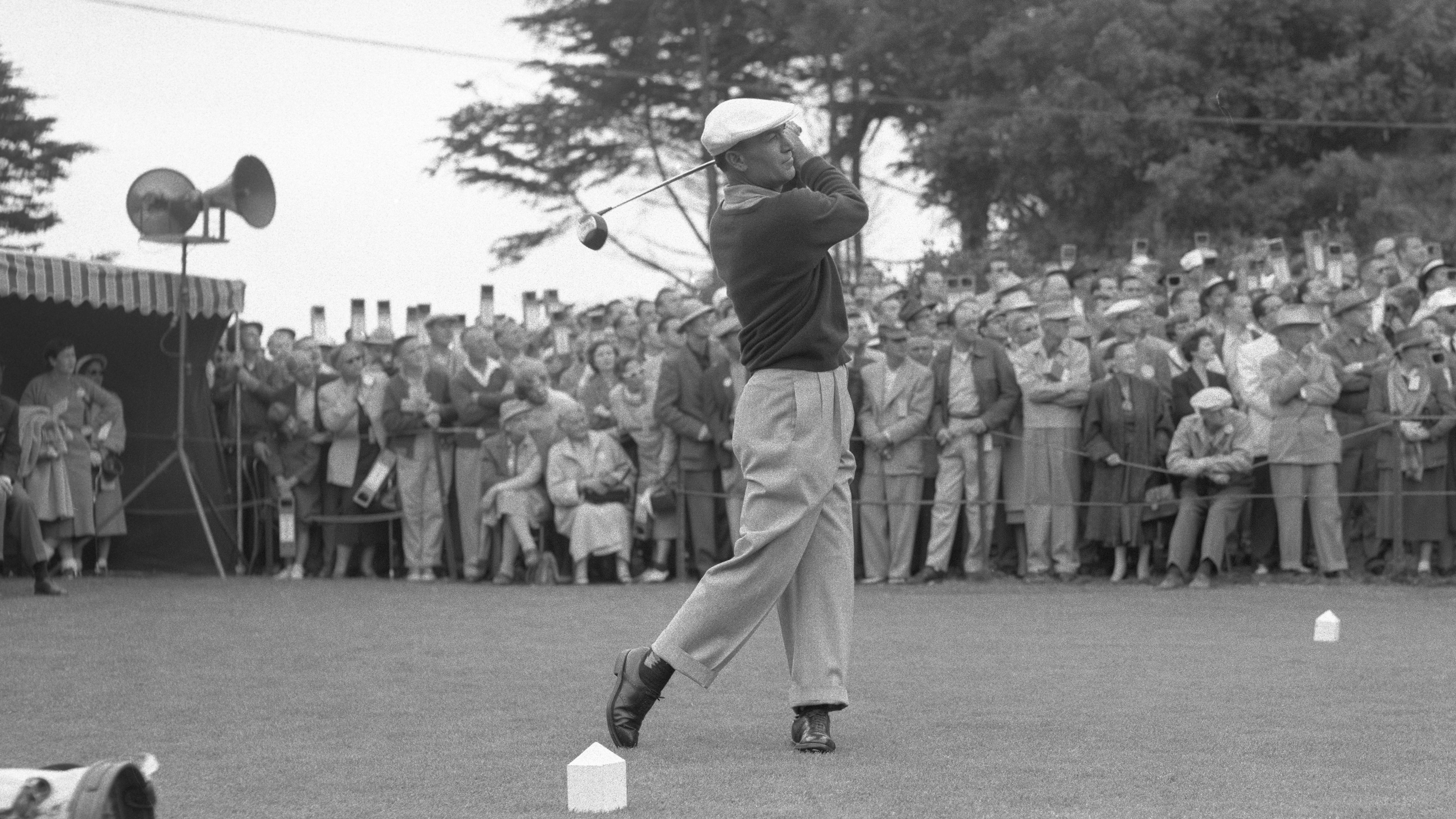 Quiz! How Much Do You Know About Ben Hogan?
Quiz! How Much Do You Know About Ben Hogan?Ben Hogan was one of the greatest golfers in the history of the game. He was a brilliant swinger of the club and is an icon of the sport. How much do you know about him? Test yourself here…
By Fergus Bisset
-
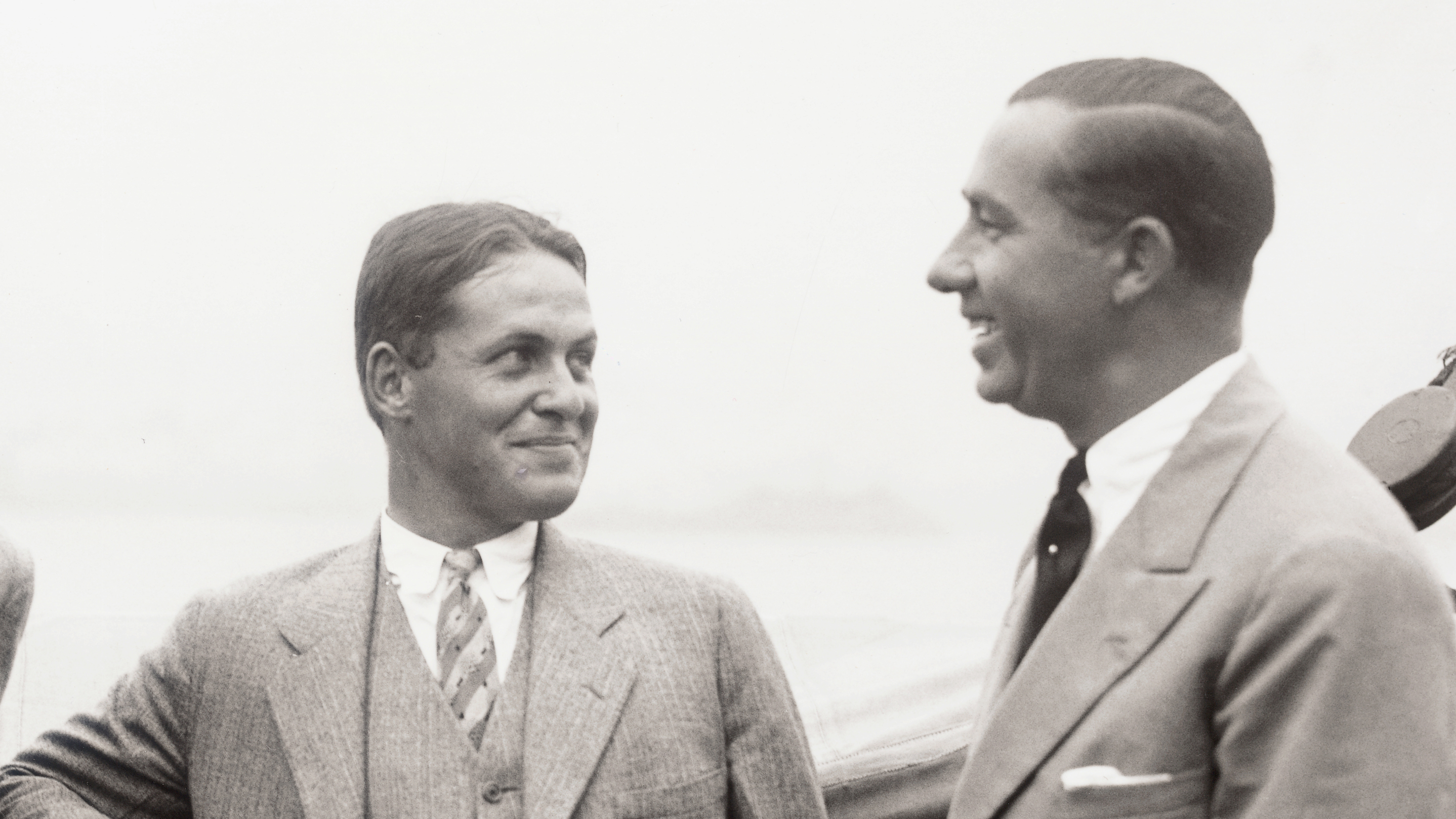 Quiz! Golf In The Roaring 20s – How Much Do You Know About Walter Hagen and Bobby Jones?
Quiz! Golf In The Roaring 20s – How Much Do You Know About Walter Hagen and Bobby Jones?Walter Hagen and Bobby Jones were the standout star golfers of the 1920s. How much do you know about their golfing careers? Test yourself with this quiz
By Fergus Bisset
-
 How Far Did Old Tom Morris Drive The Golf Ball?
How Far Did Old Tom Morris Drive The Golf Ball?Old Tom Morris became a golfing legend in the second half of the 19th century, but how far could he hit the golf ball?
By Fergus Bisset
-
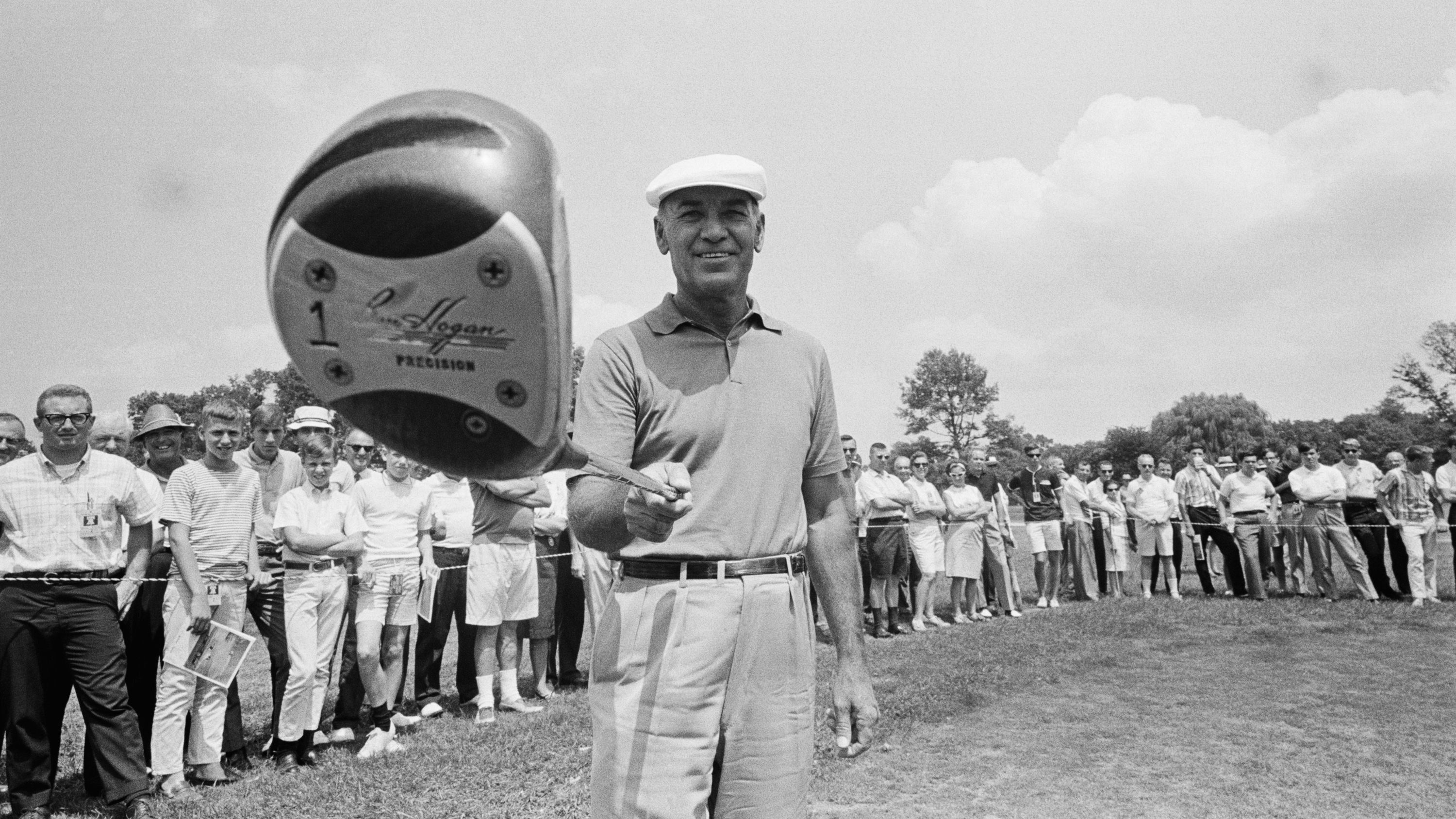 Injury, The Yips And No Form... How Ben Hogan Almost Pulled Off The Unthinkable In His Last Masters Appearance
Injury, The Yips And No Form... How Ben Hogan Almost Pulled Off The Unthinkable In His Last Masters AppearanceAt Augusta National in 1967, 54-year-old Ben Hogan rolled back the years with an incredible back nine of 30 in the third round of his final Masters
By Fergus Bisset
-
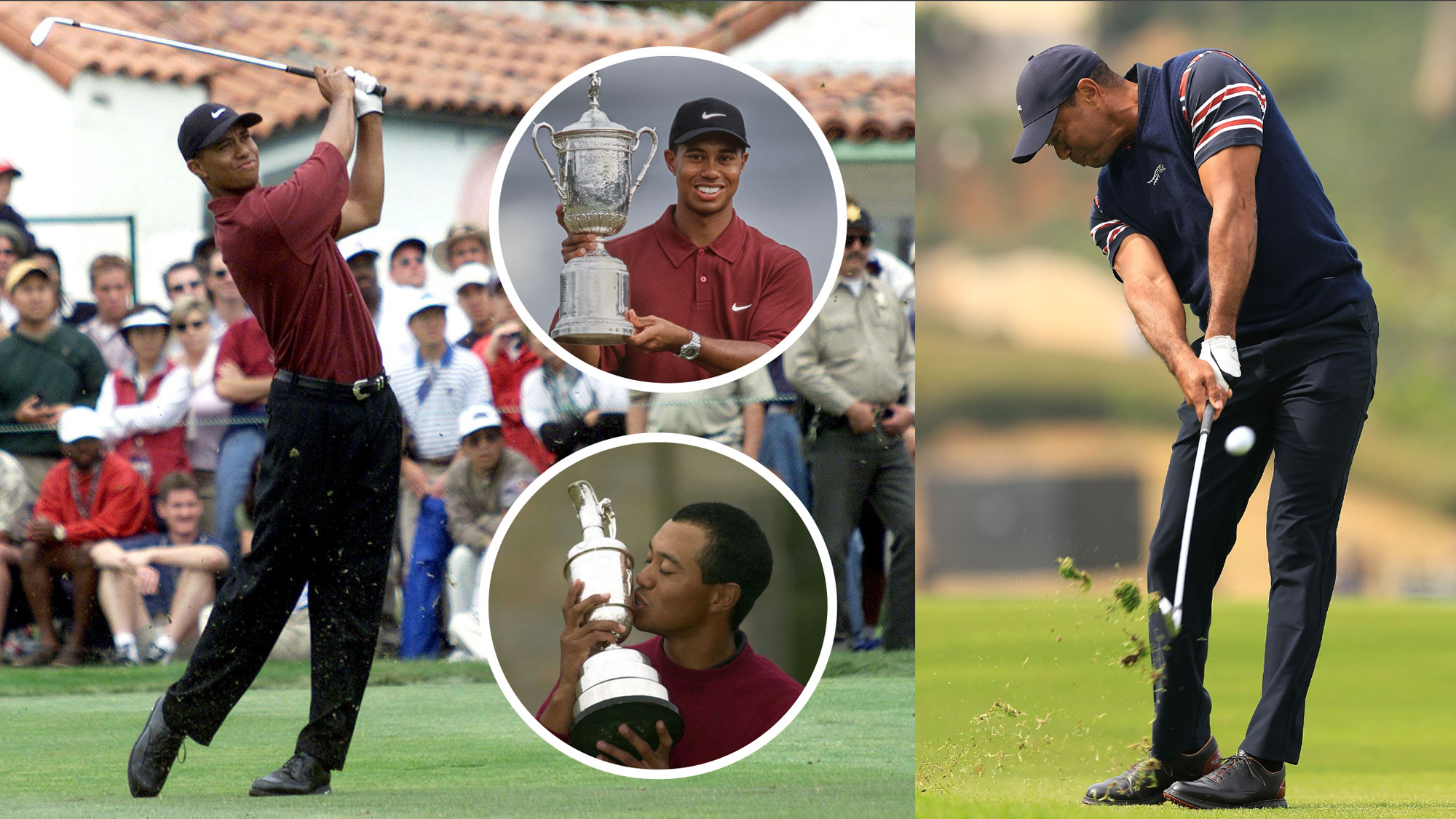 How Would The Unstoppable Tiger Woods Of 2000 Get On Against Today's Best Golfers? We've Crunched The Numbers To Find Out...
How Would The Unstoppable Tiger Woods Of 2000 Get On Against Today's Best Golfers? We've Crunched The Numbers To Find Out...In 2000, Tiger Woods played golf that seemed, and was at times, out of this world. Was it the best anyone has ever played? How would it compare to the best of today?
By Fergus Bisset
-
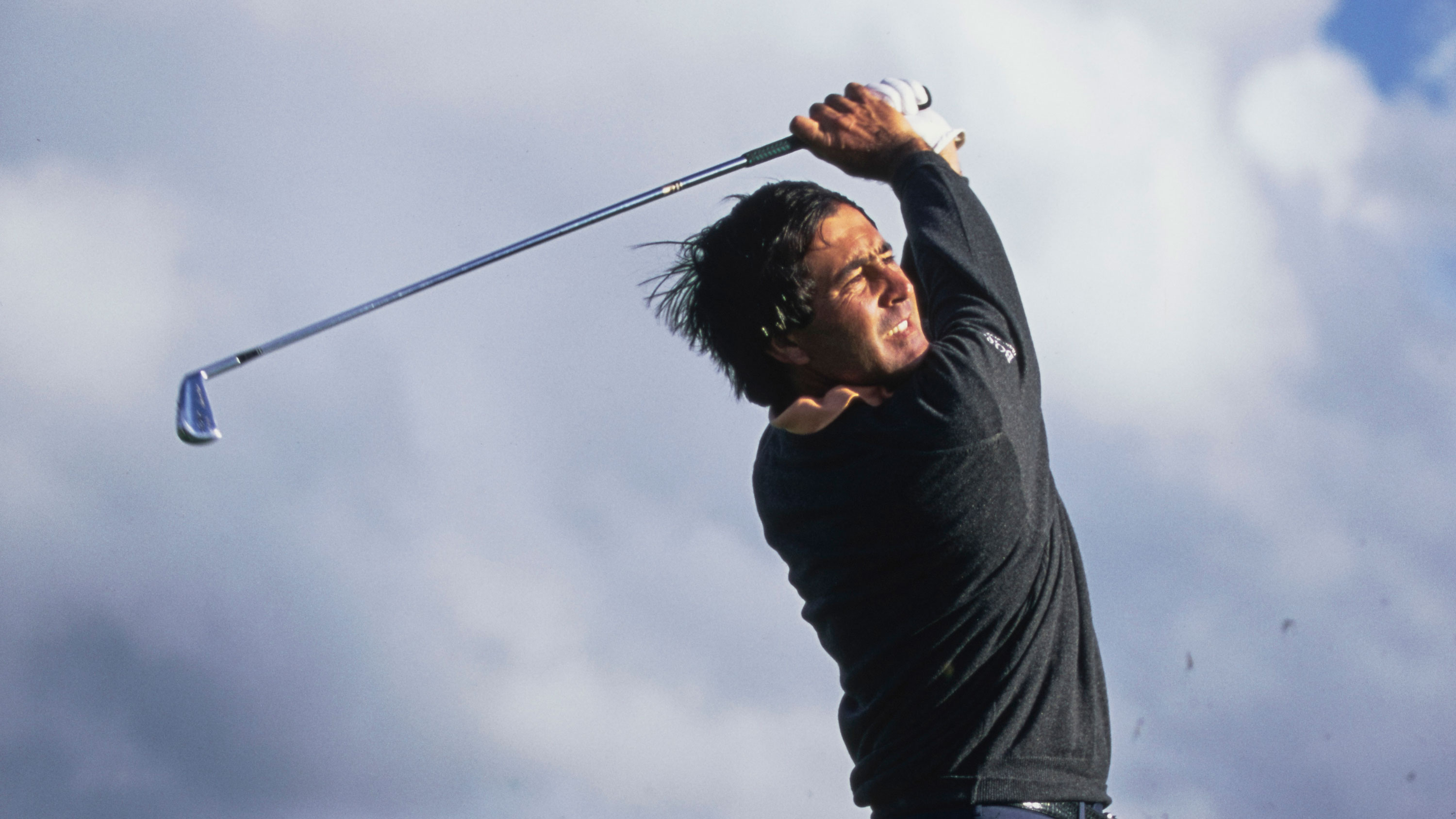 Seve Or Arnie, Who Did More For The Modern Pro Game?
Seve Or Arnie, Who Did More For The Modern Pro Game?Both men were inspirational, and both played a key role in the development of the professional game during the second half of the 20th century.
By Fergus Bisset
-
 It Only Took 19 Play-Off Holes... The Amazing Story of Hale Irwin's Record-Breaking 1990 US Open Win
It Only Took 19 Play-Off Holes... The Amazing Story of Hale Irwin's Record-Breaking 1990 US Open WinHale Irwin came through a play-off to become the oldest ever US Open winner in an unlikely and highly memorable contest at Medinah
By Fergus Bisset
-
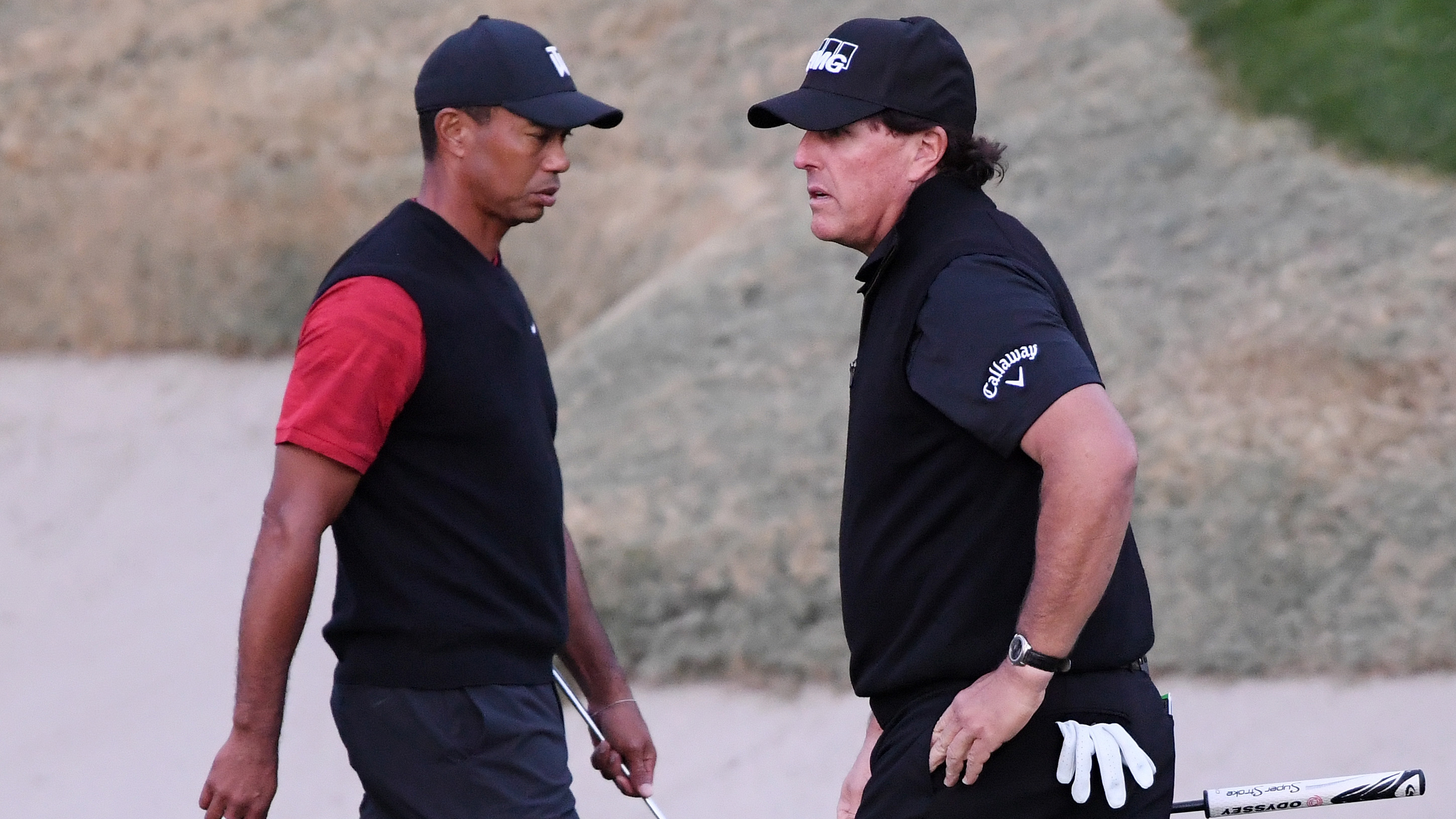 Woods Vs Mickelson – The Numbers Behind One Of Golf’s Great Rivalries
Woods Vs Mickelson – The Numbers Behind One Of Golf’s Great RivalriesWe take a look at the careers of two legends from the last 35 years of golf and compare some of the numbers behind their success.
By Fergus Bisset